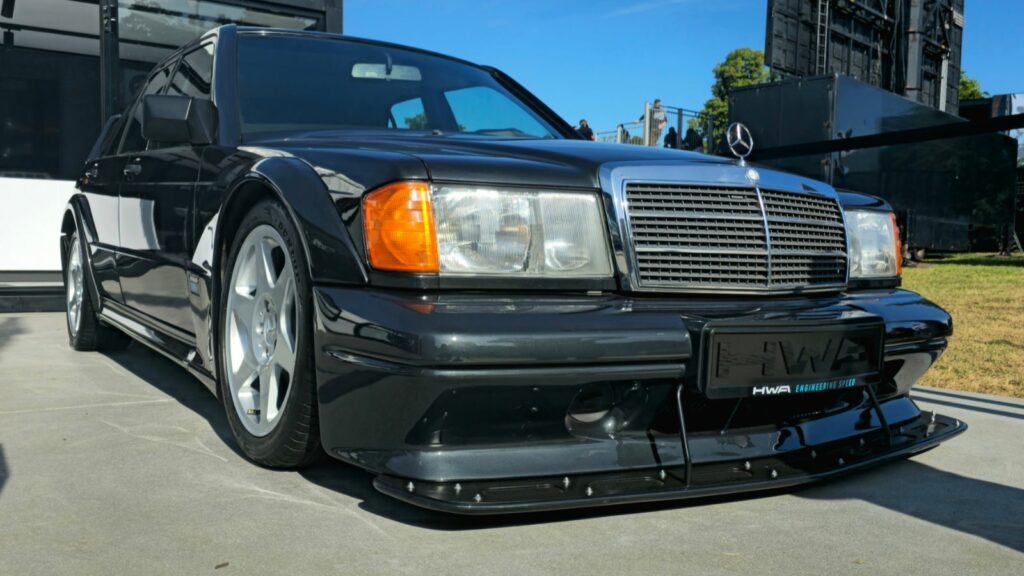There was a time when owning a Mercedes meant something different than it does today. In the 1970s, 1980s, and early 1990s, Mercedes built cars with one core purpose: to survive anything. They were engineered with durability as the starting point, prestige as a result, not a selling slogan. Models like the W123, W124, and W126 earned legendary status because they were overbuilt to a degree that bordered on unnecessary.
Modern Mercedes models are still luxurious, still advanced, and still desirable, but the philosophy behind them has changed. The driving experience, the build quality, and the ownership reality are not what they once were. Here are twelve truths that explain the shift, expanded to show why nostalgia for the golden era is not misplaced.
The Old Tank Like Build Quality Is Gone
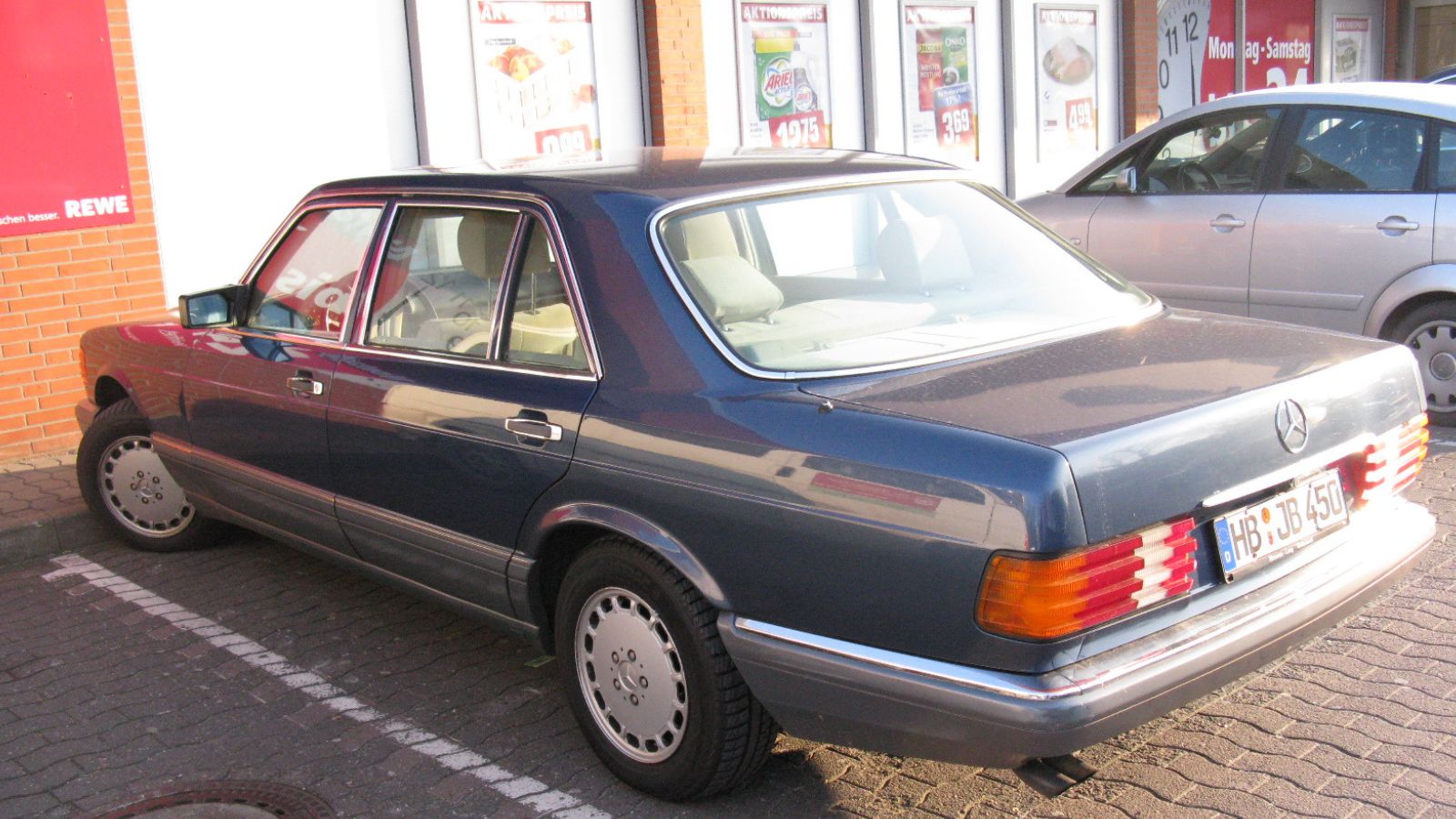
If you have ever closed the door on a W123 or W126, you know the sound. It was not a thud, not a click, but a heavy, satisfying mechanical seal. Those cars used thick steel, dense insulation, and serious hardware throughout the structure. Engineers were given approval to build durability into every component.
Modern Mercedes cars are lighter, partly for fuel efficiency and partly to integrate more technology. Weight reduction is good for performance and emissions, but it comes at the cost of that carved from stone feel. Doors are thinner, panels flex more, and you no longer get that reassuring solidity.
They still feel upscale, but not eternal.
Electronics Fail More Often Than Mechanical Parts

Classic Mercedes models relied on mechanical systems that were easy to diagnose and understand. Even complex fuel injection systems of the time were serviceable by local mechanics.
Modern Mercedes vehicles rely heavily on electronic control modules, sensors, communication networks, and software layers. When something goes wrong, it is rarely a simple worn part. It often requires diagnostic equipment, reprogramming, or entire unit replacement.
The more features added, the more points of failure are introduced.
Parts and Repairs Are No Longer Cheap

Owning an older Mercedes used to mean you could maintain it yourself or with a reasonable bill at a trusted shop. Replacement parts were robust, and many components were rebuildable.
Today, parts for modern Mercedes cars are often dealer only, digitally encoded, or manufactured as sealed units that cannot be repaired. Instead of fixing an item, the entire component is replaced.
That drives up repair costs quickly, especially as vehicles age.
Maintenance Costs Add Up Quickly

Maintenance on a Mercedes is not optional. These cars require regular attention to fluids, seals, braking systems, and electronic calibration. Skipping routine services can shorten the life of major components dramatically.
Even when the vehicle is running perfectly, scheduled maintenance visits can feel expensive. Oil service, filters, alignments, transmission fluid service, and suspension checks all add up over the years. The initial purchase price is only the entry fee.
Turbocharged and High Output Engines Add Stress
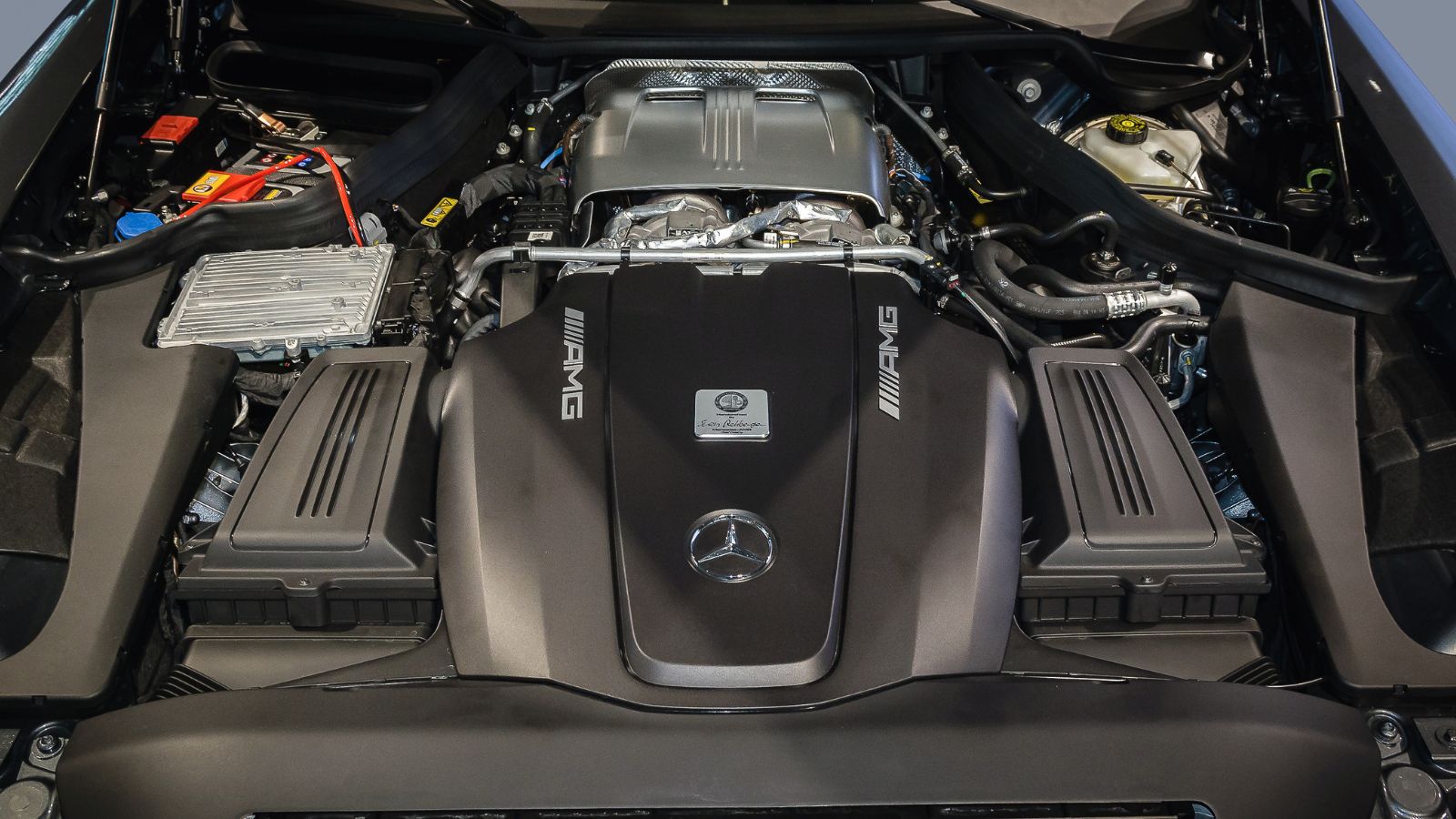
Mercedes engines of the past were built for longevity. Power levels were moderate, tolerances were generous, and engines were tuned for steady daily use.
Modern Mercedes engines, especially in AMG branded models, are designed for high output and rapid acceleration. Turbocharging increases power but also increases internal stress and heat. That can shorten engine life if maintenance is neglected or if the car is driven hard without proper care.
These engines are exciting to drive, but they do not have the same relaxed long life nature as the old straight six and V8 designs.
Interior Materials Are Not What They Used to Be

Classic Mercedes interiors were built to survive decades of sun, wear, and use. Plastics were thick and resilient. Switchgear felt industrial. Leather was durable rather than soft and delicate.
Modern Mercedes interiors are luxurious to touch, but many rely on soft touch coatings, synthetic surfaces, and decorative trim that can wear, fade, or peel with time. The design is elegant, but the longevity is not what it once was.
Depreciation Can Be Brutal
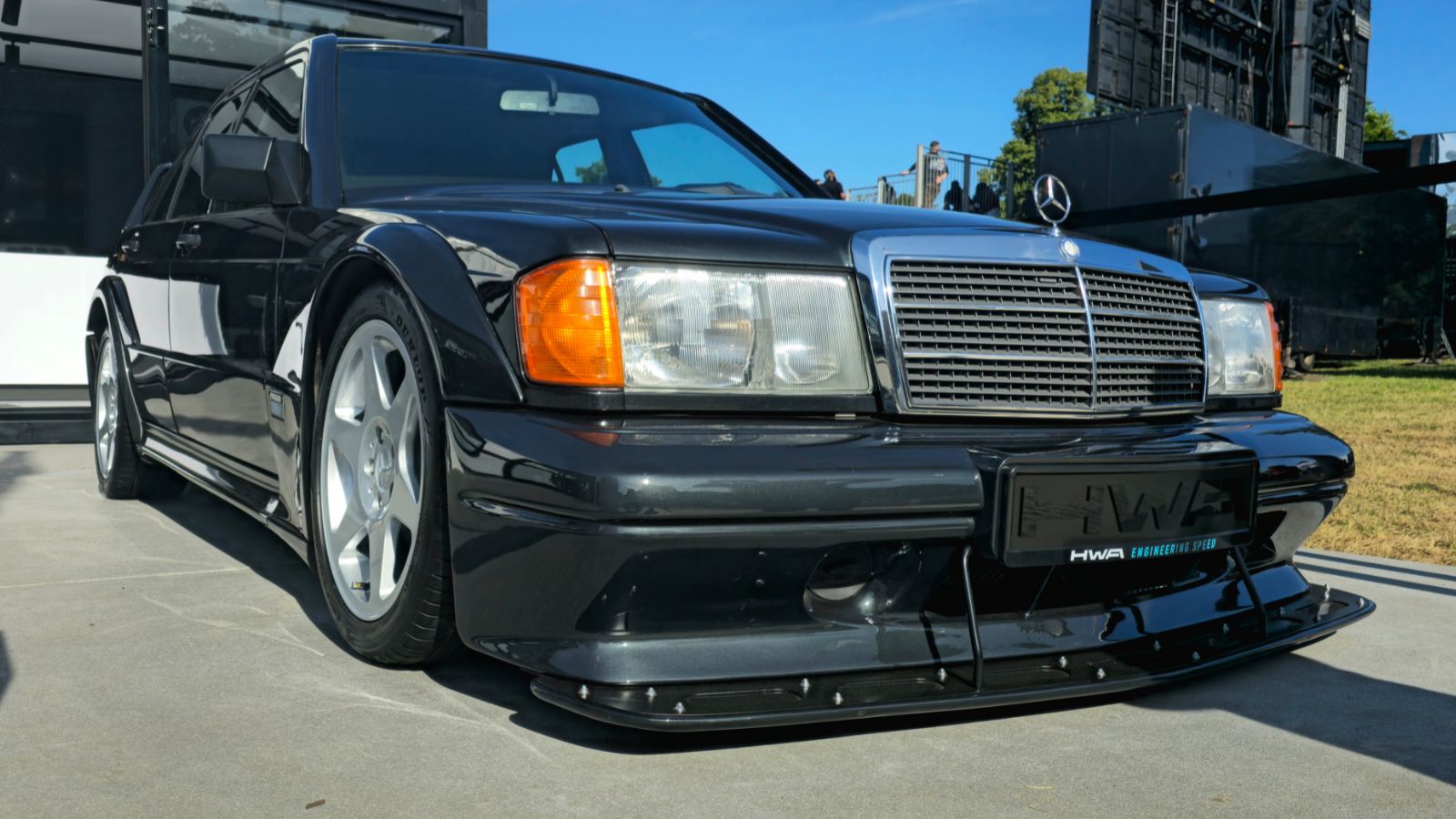
A classic Mercedes could hold value for decades. Many models appreciate today because they represent a level of craftsmanship that is no longer common.
Modern Mercedes cars depreciate quickly, especially high specification models with complex electronic features. Used buyers often fear ownership costs, reducing demand and pushing prices down rapidly.
If you plan to own one, you must accept that value loss is part of the experience.
Owning One Requires a Specialist
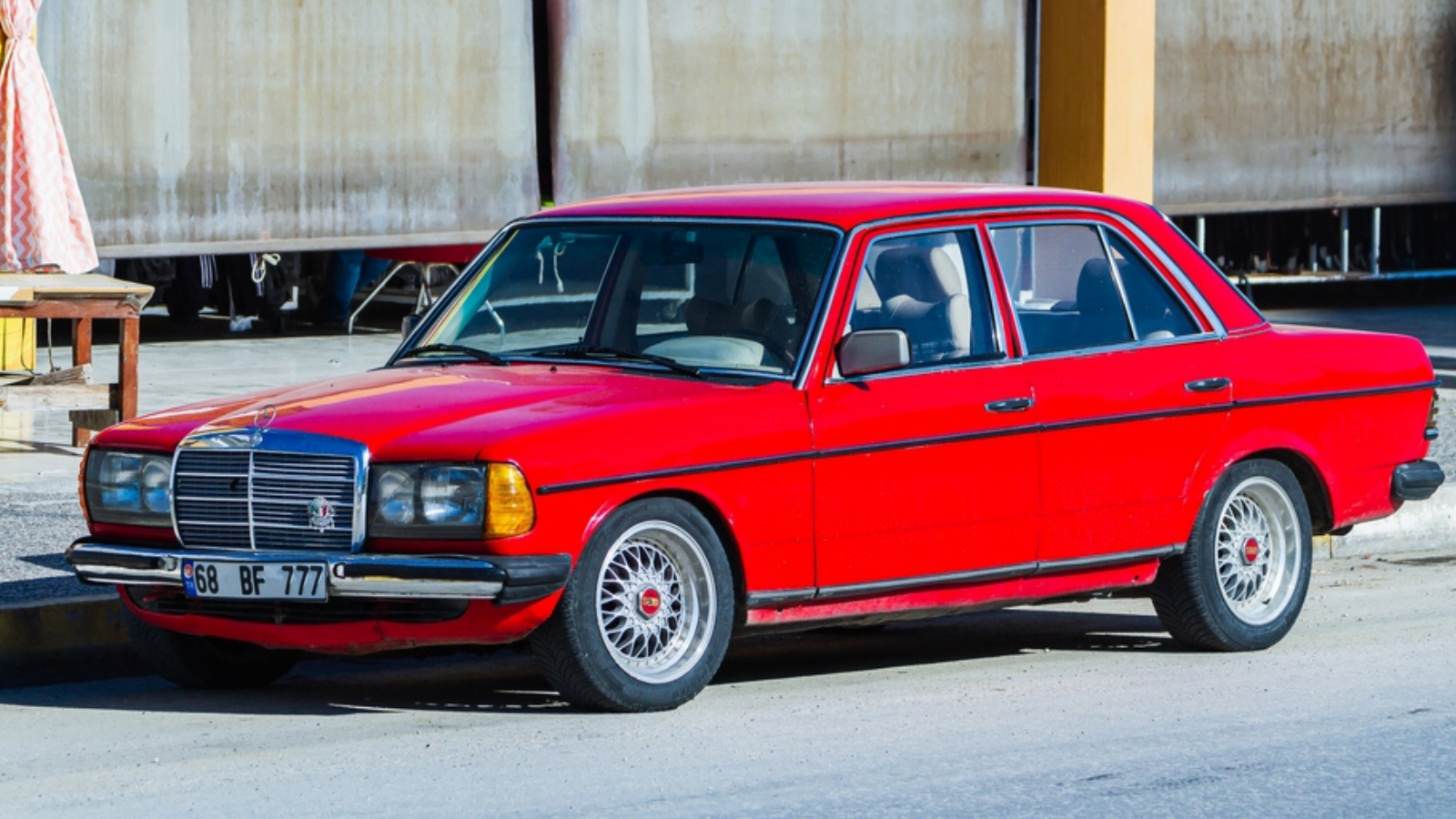
Classic Mercedes cars could be serviced almost anywhere by a competent mechanic with basic tools. Today’s models often require brand specific equipment, access to diagnostic codes, and technicians who understand the electronic systems.
This means fewer service options and higher labor rates. It also means that do it yourself maintenance is possible only in a limited way.
There Are More Electronics Than Mechanical Feel

Modern Mercedes vehicles are incredibly comfortable and composed. Adaptive suspension, power steering assistance, stability controls, and drive modes make them easy to drive.
But these systems also filter out sensation. Classic models connected the driver directly to the road. You felt weight transfer, steering feedback, and mechanical rhythm. Modern models isolate you from many of those sensations.
They are smoother, but less involving.
Luxury Has Become the Main Marketing Story

Mercedes once built vehicles around engineering excellence first, with luxury as the natural outcome. Today, marketing emphasizes lifestyle, interior ambiance, and digital connectivity.
Large displays, ambient lighting, voice controls, and connectivity systems dominate the interior experience. The focus is on presentation and comfort more than mechanical character.
The Cars Are Still Good but Not Iconic
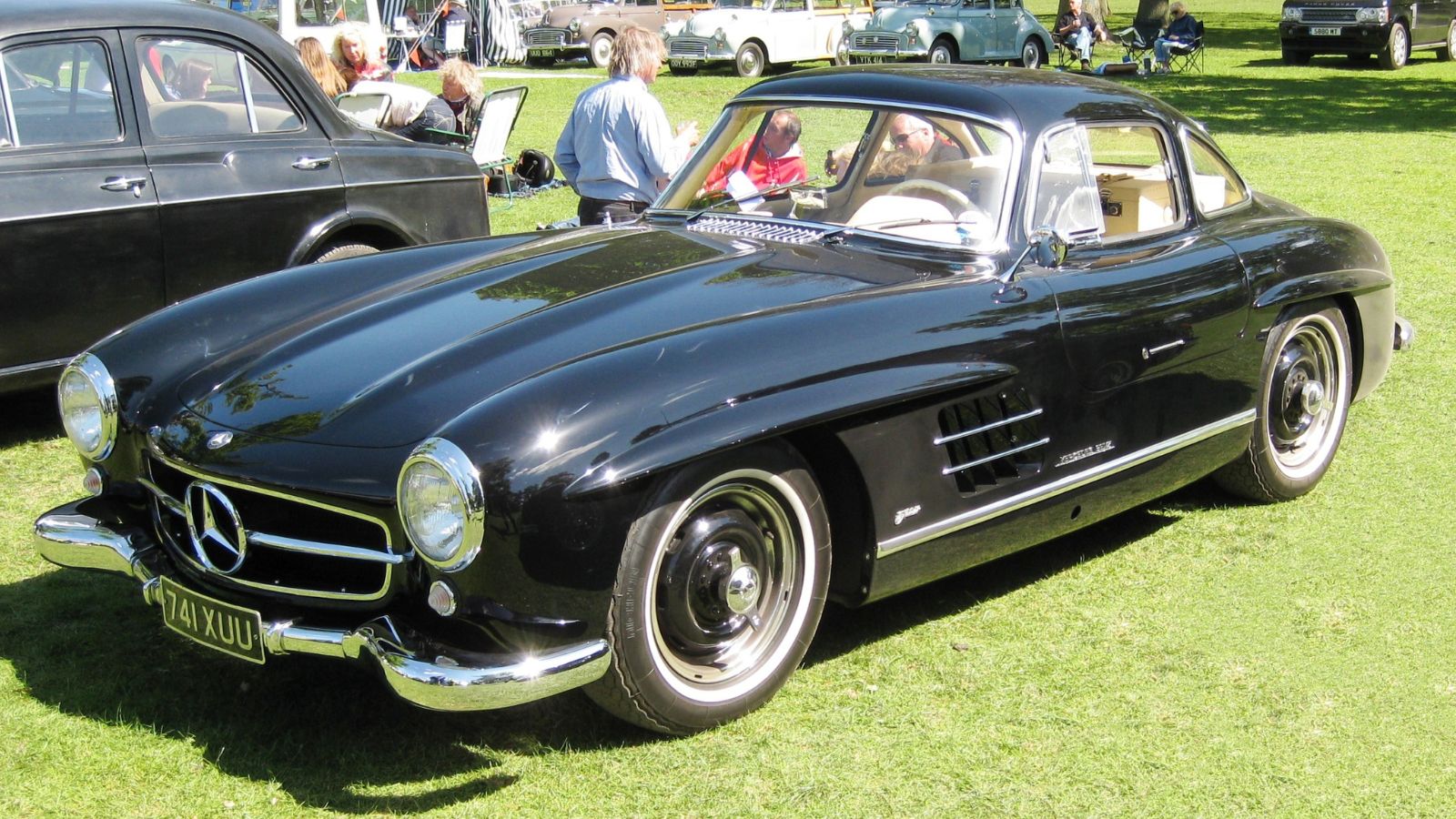
Modern Mercedes cars are technologically impressive, fast, safe, and comfortable. But they rarely inspire the emotional loyalty that older models earned.
There are fewer timeless designs and more rapidly changing product cycles. Cars are built to attract attention in the showroom, not to be remembered fifty years later in a museum.
The Golden Era Was About Craft, Not Software
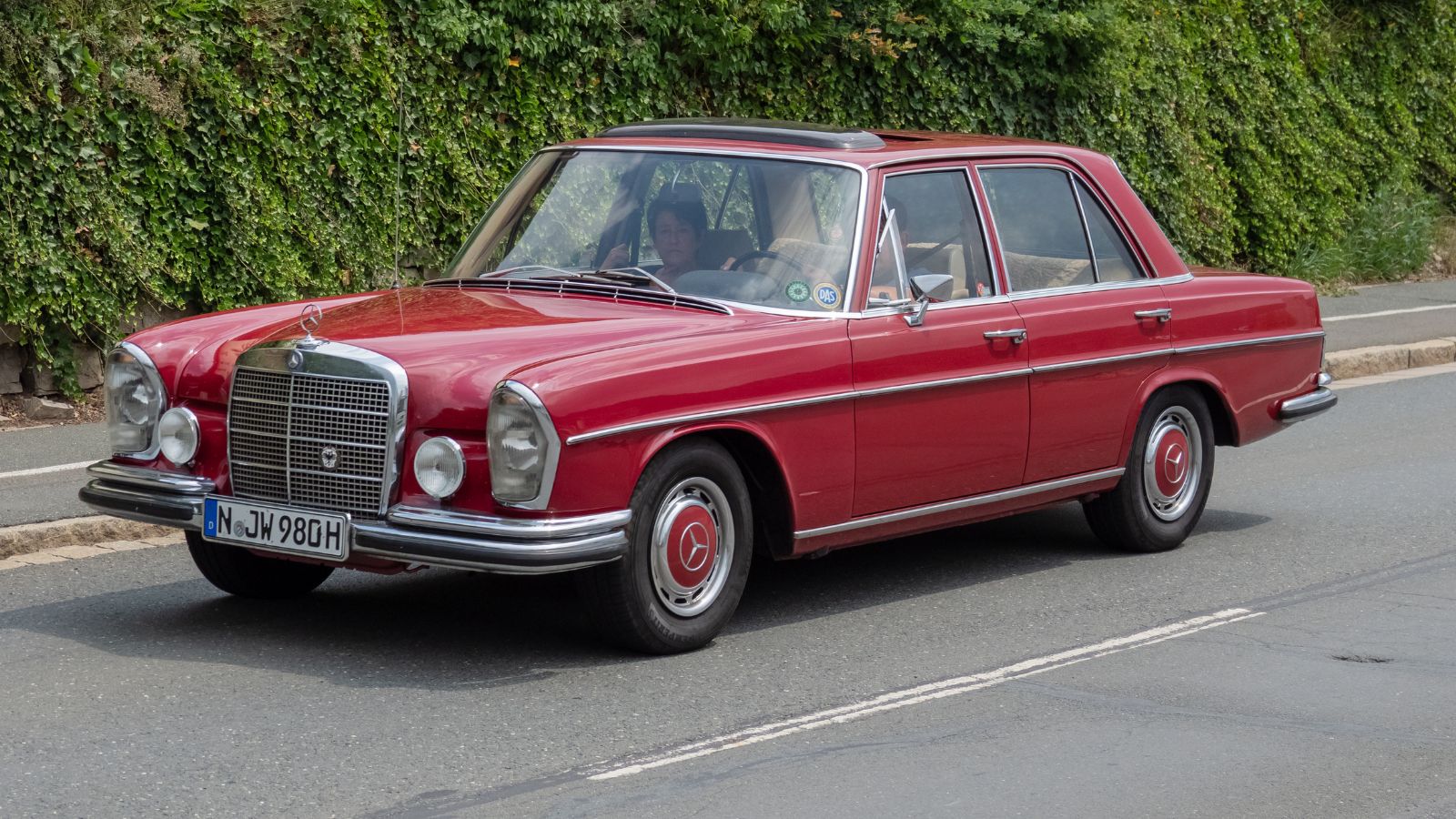
The core difference comes down to engineering philosophy. Old Mercedes vehicles were built to last. Modern Mercedes vehicles are built to compete. The industry changed, the expectations changed, and the priorities changed.
The Honest Truth
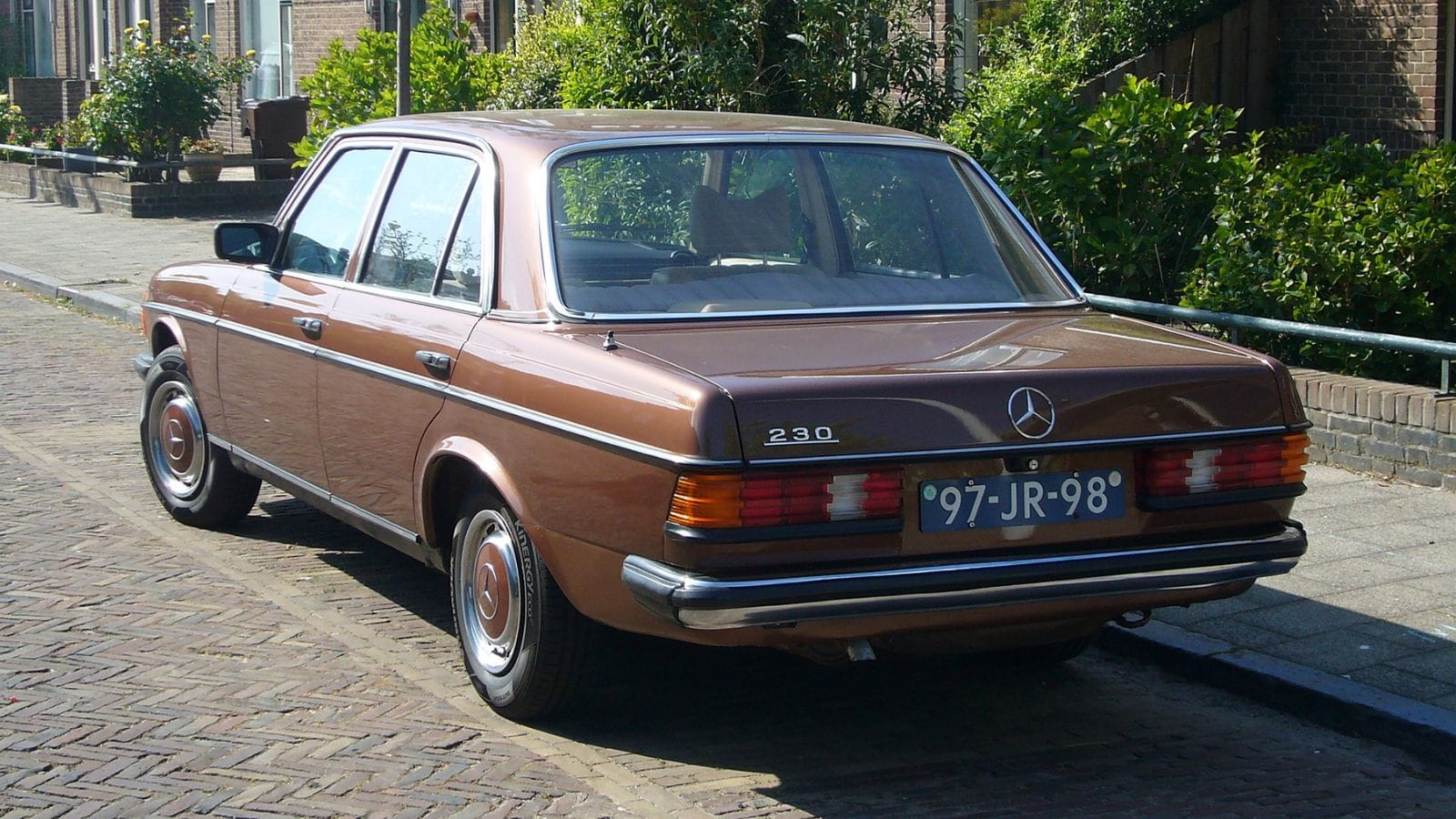
Owning a modern Mercedes can still be a rewarding experience. These are refined, powerful, and comfortable machines. But the magic of the golden era came from a mindset that no longer drives the brand. The old Mercedes cars were designed to be permanent. Today’s Mercedes cars are designed to win the next sales cycle. They are still desirable, but they are not the same.
25 Facts About Car Loans That Most Drivers Don’t Realize

Car loans are one of the most common ways people fund car purchases. Like any other kind of loan, car loans can have certain features that can be regarded as an advantage or a disadvantage to the borrower. Understanding all essential facts about car loans and how they work to ensure that you get the best deal for your financial situation is essential. Here are 25 shocking facts about car loans that most drivers don’t realize:
25 Facts About Car Loans That Most Drivers Don’t Realize
